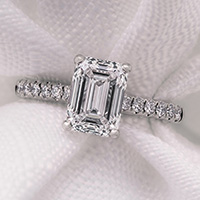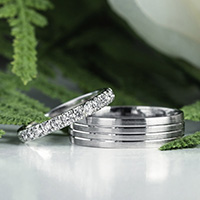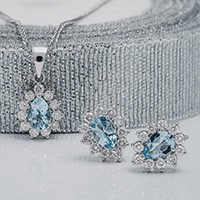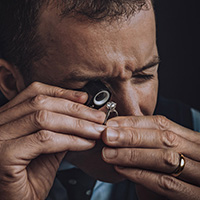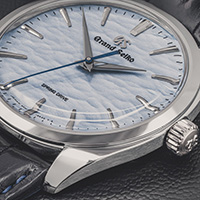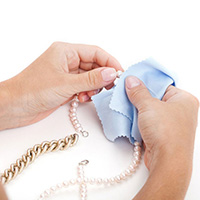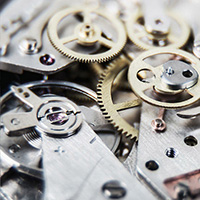Choosing an Engagement Ring: How to Get it Right
Choosing an engagement ring is one of the most exciting shopping experiences you will ever have. So why does it seem so daunting? It feels as though there is a lot of pressure to “get it right”. An engagement ring is a significant financial investment, but more than that, it’s a symbol of your love and your commitment. In a nutshell, you want them to love it!
At James Porter & Son, we have been helping couples choose their perfect engagement ring for over 160 years. We specialise in diamond rings and hand pick every ring in our shop for its design and quality. In this article we help take the stress away, show you what research you can reasonably do and guide you to making the choice that’s right for you.
To choose or not to choose?
The first question you should ask yourself is whether your future spouse would prefer to be involved in the process. Are you likely to be able to select a ring for them that they will love more than chosen by themselves? Bear in mind that many people will have already given some thought to the type of engagement ring they would choose.
One idea is to propose using a token ring. This could be a family ring or inexpensive ring that after they say “yes,” can be upgraded to “the real thing”. That way you know they will love the ring you choose together.
However, if you prefer to surprise them with the ring (and many people do!), it’s important to think about their taste and style. You’ll be more likely to get it right if you try to think about what they would choose rather than your own personal taste.
Think about their style
Have a think about your partner’s clothing. Is it understated and classic or bold and colourful? What about their existing jewellery? Do they favour small, neat jewellery or larger statement pieces? Finally, what is their home décor like? Minimalist Scandi style, maximalist with multiple prints and textures or even French romantic style with gilded mirrors and ornate furniture? These are all pointers as to their personal style which can be translated into the perfect engagement ring.
If your partner’s look is understated, it’s likely they will favour a classic style such as a solitaire. However, if they prefer to make a statement with their clothing and accessories, then perhaps consider a design with bigger impact such as a halo or cluster. A person who loves contemporary, Scandi interiors may love a sleek, contemporary design such as a rub-over set ring (with no claws). Finally, for a person who chooses romantic French interiors, consider a ring with a vintage feel such as a halo or three-stone.
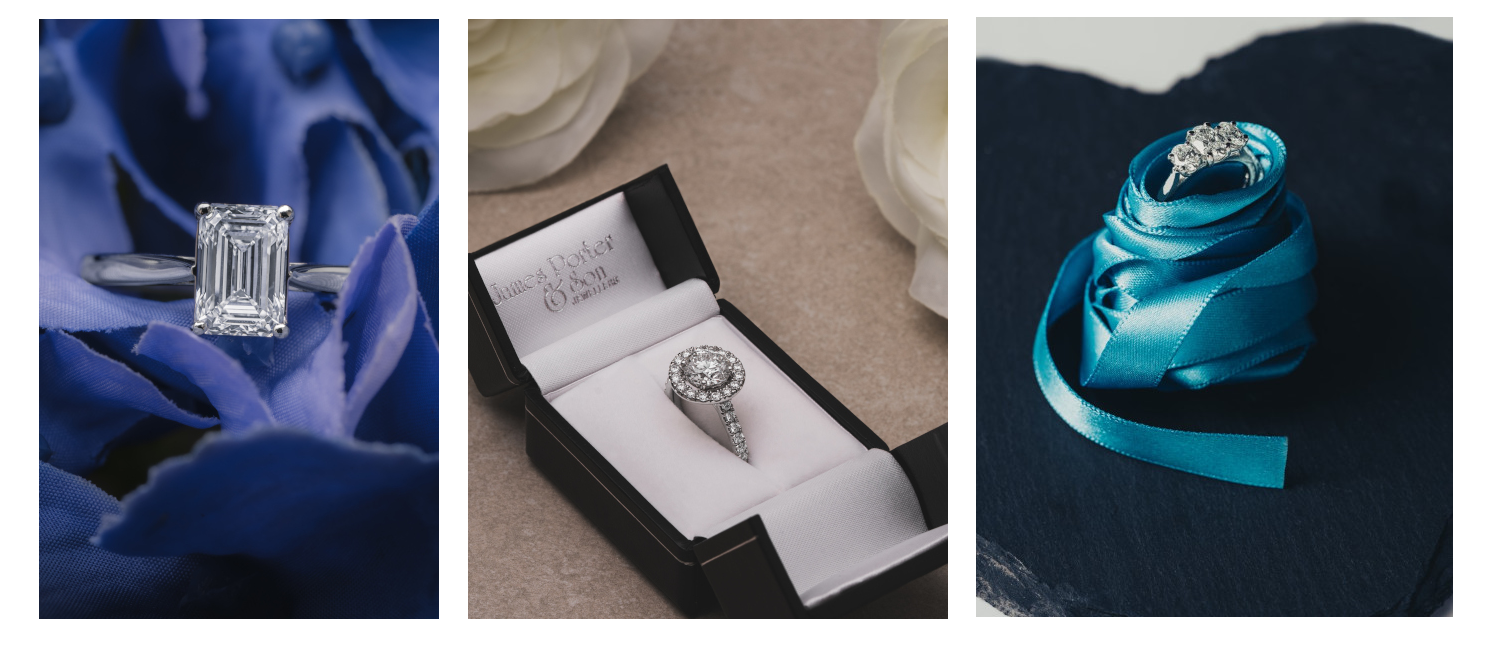
Left - Solitaire Engagement Ring. Centre - Halo Engagement Ring. Right - Three Stone Engagement Ring.
Ask a close friend
If they have a close friend who can keep your secret, their help in choosing an engagement ring could be invaluable. Maybe they have already had a conversation about rings? They might know which cut of diamond your intended loves or which colour of metal they prefer. However, don’t let them ask your partner outright as this is bound to spoil the surprise.
Focus on styles
You could spend hours researching engagement rings online. However, you can’t become an expert in diamonds overnight. We suggest that you don’t get overwhelmed in detail. Focus only on styles at this point and print out some designs that you like or save images on your phone. You will start to get an idea of what you’re looking for when you put the images together. Social media platforms like Pinterest and Instagram are a great way to collate your ideas in one place.
There are seven main styles of engagement ring: Solitaire, Two Stone, Three Stone, Multi Stone, Cluster, Halo and rings with Coloured Gemstones. Browse our dedicated pages for each style to get inspired and start your collation.
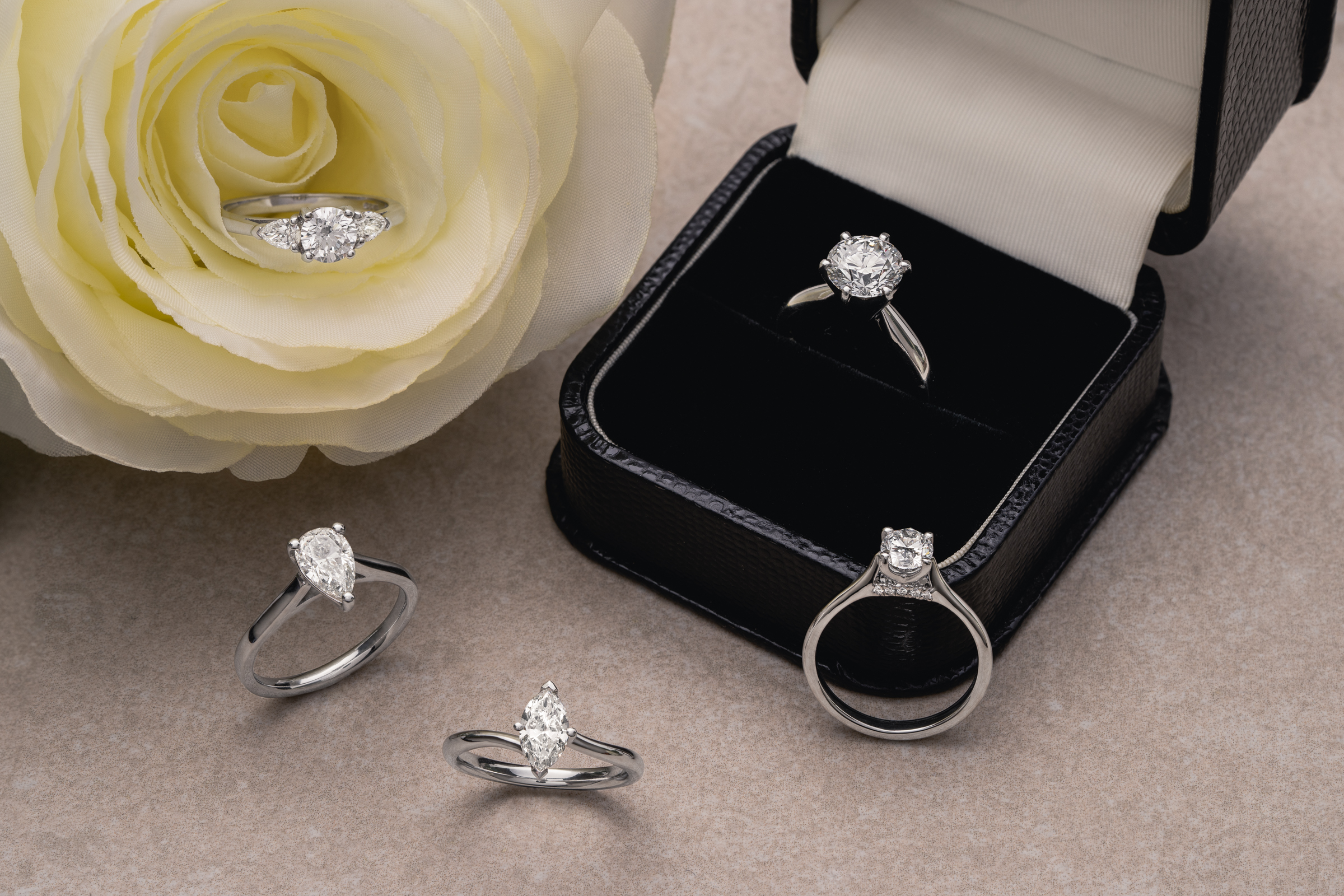
5 different styles of engagement ring featuring different cuts of diamonds and setting styles.
Gold vs platinum?
Once you have an idea of the style, have a think about the metal. Most engagement rings are either 18ct gold or platinum. Bear in mind that whichever metal you choose for the engagement ring will normally be the same metal you choose for the wedding ring. This is because the two rings will be worn against each other. Therefore, if one is made of a softer metal than the other, the harder ring will wear the softer ring down.
18ct gold
18ct gold is purer than 9ct gold (75% pure compared with 37.5% pure). It is available in either yellow, white or rose gold finishes. The advantage of gold is that it is more affordable than platinum. However, if you’re opting for white gold, bear in mind that white gold doesn’t exist naturally. It’s made from yellow gold mixed with white metal alloys like palladium or silver. It is then coated with rhodium to give it a luminous sheen. The disadvantage is that you will need to have your white gold ring re-coated in rhodium every so often to keep it looking its best. Each wearer will be different, the coating could last 6 months, or it could last 6 years.
Platinum
Platinum is a naturally occurring white metal. It’s rarer than gold and much harder and heavier. Consequently, it is more expensive. However, because there is no need for recoating, it is more cost effective in the long run. Also, it has better investment value. At James Porter & Son we choose platinum for most of our rings as it is such a versatile metal. Furthermore, we only stock platinum in the 950 grade. This means that the platinum in our rings is 95% pure. Discover more in our Jewellery Metals Guide.
Budget and the 4 C’s: Carat, Cut, Colour and Clarity
The 4 C’s are the main factors that determine the price of a diamond ring: Carat, Cut, Colour and Clarity. (The optional extra C which is to be considered is certification.)
Carat: Carat refers to the weight of the diamond and has the biggest effect on price. Read our detailed Diamond Carat Guide for more information.
Cut: If you already have an idea of your preferred style, the chances are you already have an idea of your preferred diamond cut. However, do bear in mind that certain cuts result in more wastage of the original rough stone, and this affects the price. Discover more in our detailed Diamond Cut Guide.
Colour: Diamond colour classifies how ‘colourless’ a diamond is, starting from colourless to obviously yellow. Our Diamond Colour Guide tells you all you need to know on how to look for the best colour diamond.
Clarity: Diamond clarity identifies internal imperfections within a diamond which affect the overall quality. Our Diamond Clarity Guide explains in more detail.
Certification: This is when a diamond has been independently graded by an independent laboratory who provide a report stating all the diamond’s features and characteristics. Discover more in our detailed guide to certificated diamonds.
The C’s are all important and in an ideal world, you would select a diamond with the highest grade of all four. However, depending on your budget and your personal choice, you will have to decide which of the C’s is your priority. If you feel your recipient will value size most, then carat weight is something to be mindful of. However, if you consider they will appreciate sparkle over size, then clarity and cut should be your focus.
Make sure you’re picky with your diamond and don’t lose sight of the remaining C’s!
Enlist the help of experts: Get the best for your budget
At James Porter & Son we have a knowledge of diamonds that spans six generations. Quite simply, it is a misconception that you will find the best deal by ‘going it alone’ and buying a ring online with no expert guidance.
We understand that most couples have a price in mind when it comes to an engagement ring. With our advice, we can help you get the best for your budget. For example, did you know that certain shapes give the illusion of a bigger stone? Elongated shapes such as oval and emerald will look larger than a square or round shape of the same carat weight. Also, although it might be appealing to buy a diamond of a whole or half carat (1.0ct, 2.5ct, etc.), it’s best to opt for a carat weight just ‘shy’ of these such as 0.99ct or 2.48ct for example. Prices jump considerably moving from one whole carat number to the next up, but the human eye doesn’t see ‘weight’ it sees ‘size’. Therefore, the slight difference in weight will be almost indistinguishable and you’ll notice a considerable difference in the cost.
If you’re feeling overwhelmed and are not sure which style to go for, we know exactly which questions to ask to guide you in the right direction. We know which styles suit slender fingers or shorter fingers. Also, we know which settings to suggest for more sparkle and weight at a lower price. Additionally, we will help you to consider how your engagement ring will look with potential wedding rings. Finally, we’ll help you determine the correct finger size.
If, on the other hand, you know exactly what you want but cannot find it, we offer a full bespoke service. We can source ring mounts and gemstones from all over the world. Also, we can create new rings from old heirlooms which is a fantastic option for many couples.
Contact us
Whether you have done research into choosing an engagement ring or not, we’re here to help. Ideally, we would love to welcome you into one of our boutiques in Glasgow’s famous Argyll Arcade. The destination for jewellery shopping in Scotland and the North of England, we will make your visit truly memorable. We’ll take the time to talk to you without jargon. We’ll understand your needs and ensure you leave us with the ring that’s right for you. If you are unable to visit, contact us for help by phone or email.
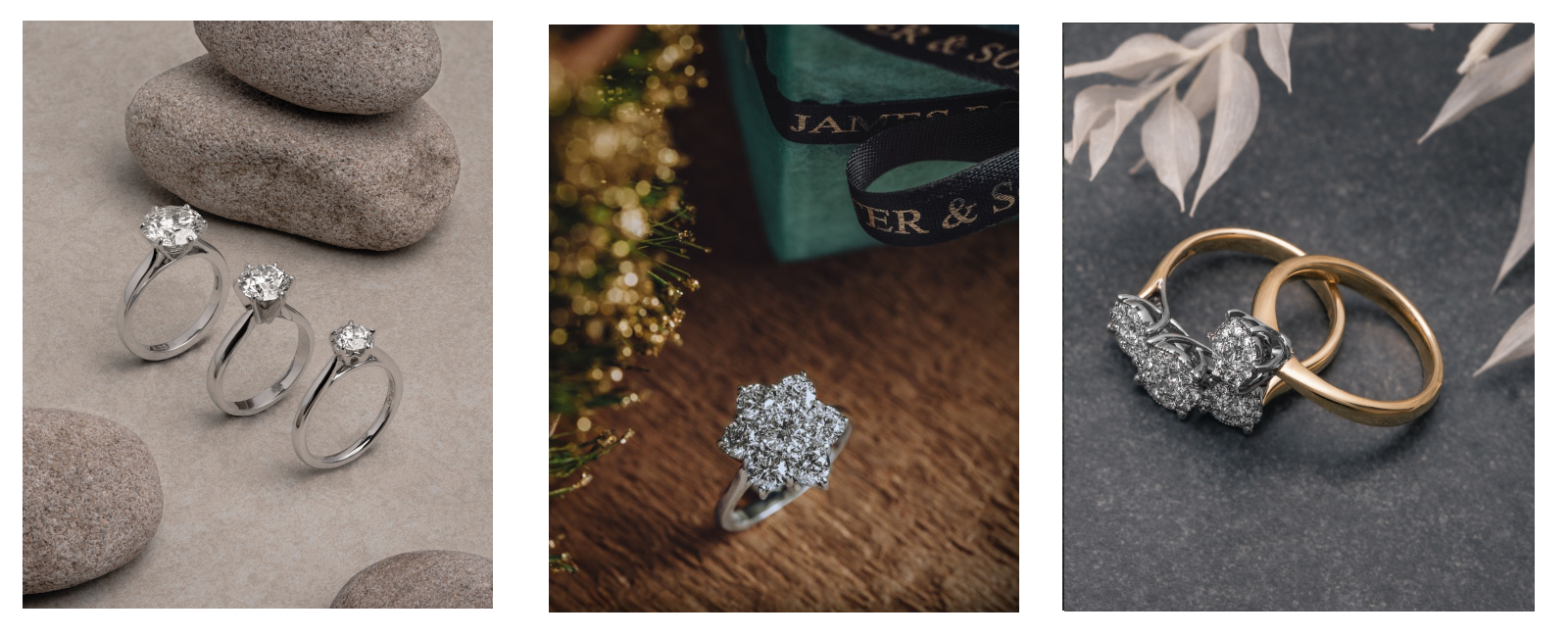
Left - 6 Claw Setting with Different Diamond Weights. Centre - A Classic Flower Cluster. Right - Two yellow gold 'starburst' Engagement Rings
 Basket
Basket
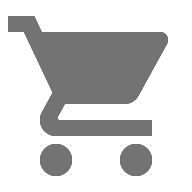
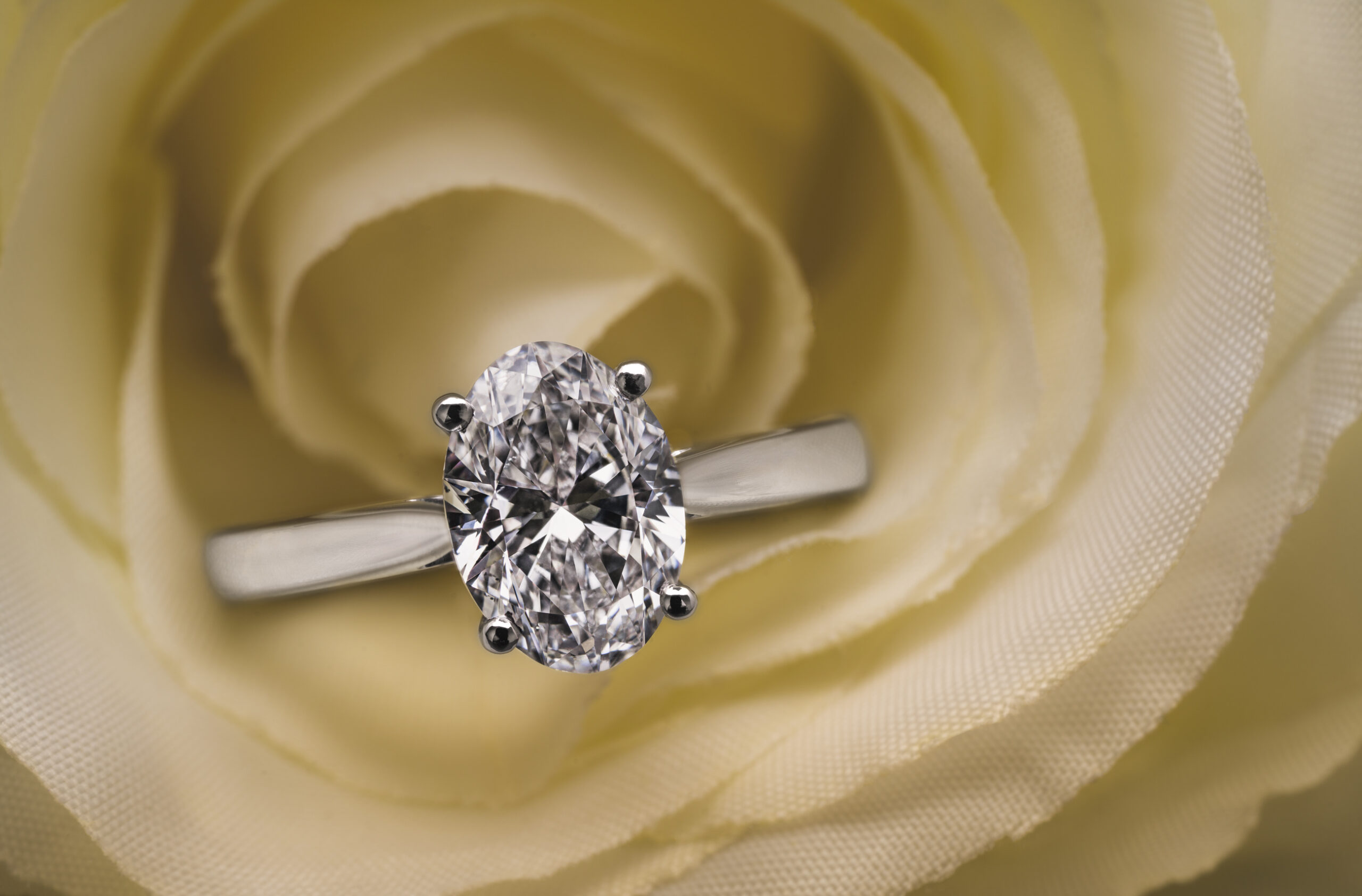
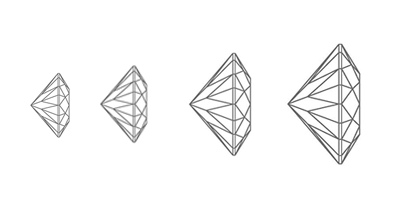
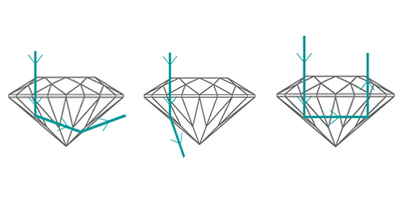

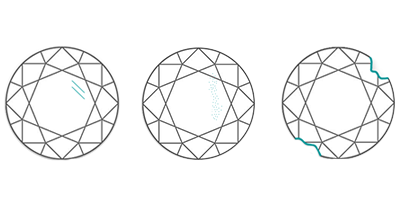

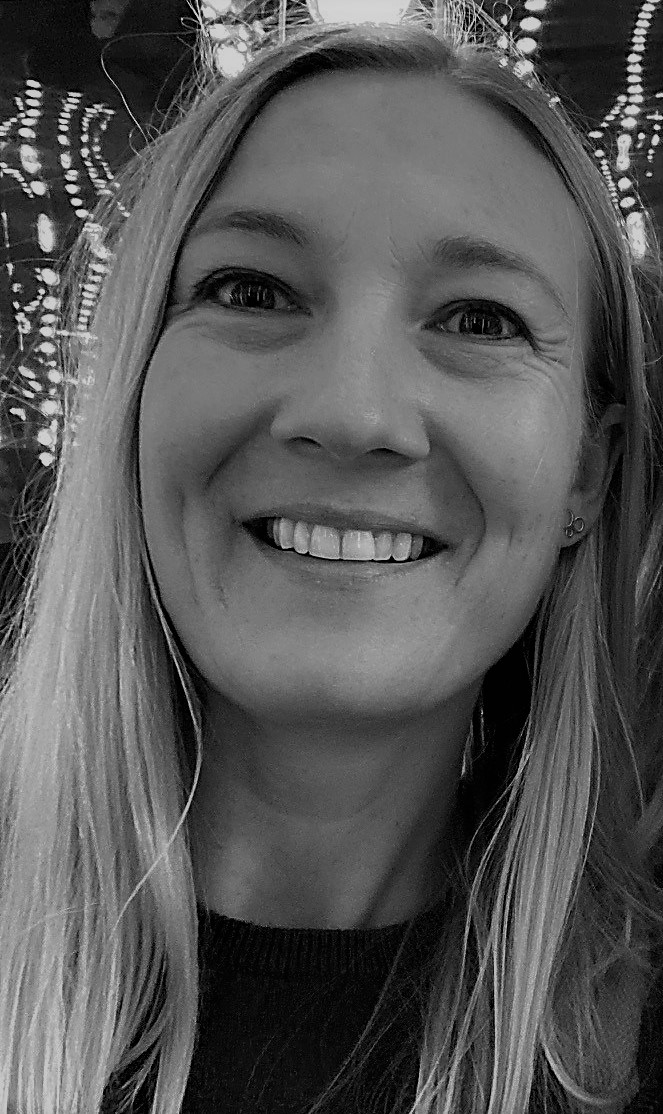



 Back to top
Back to top 0141 221 5855
0141 221 5855 Send us an email
Send us an email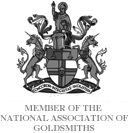
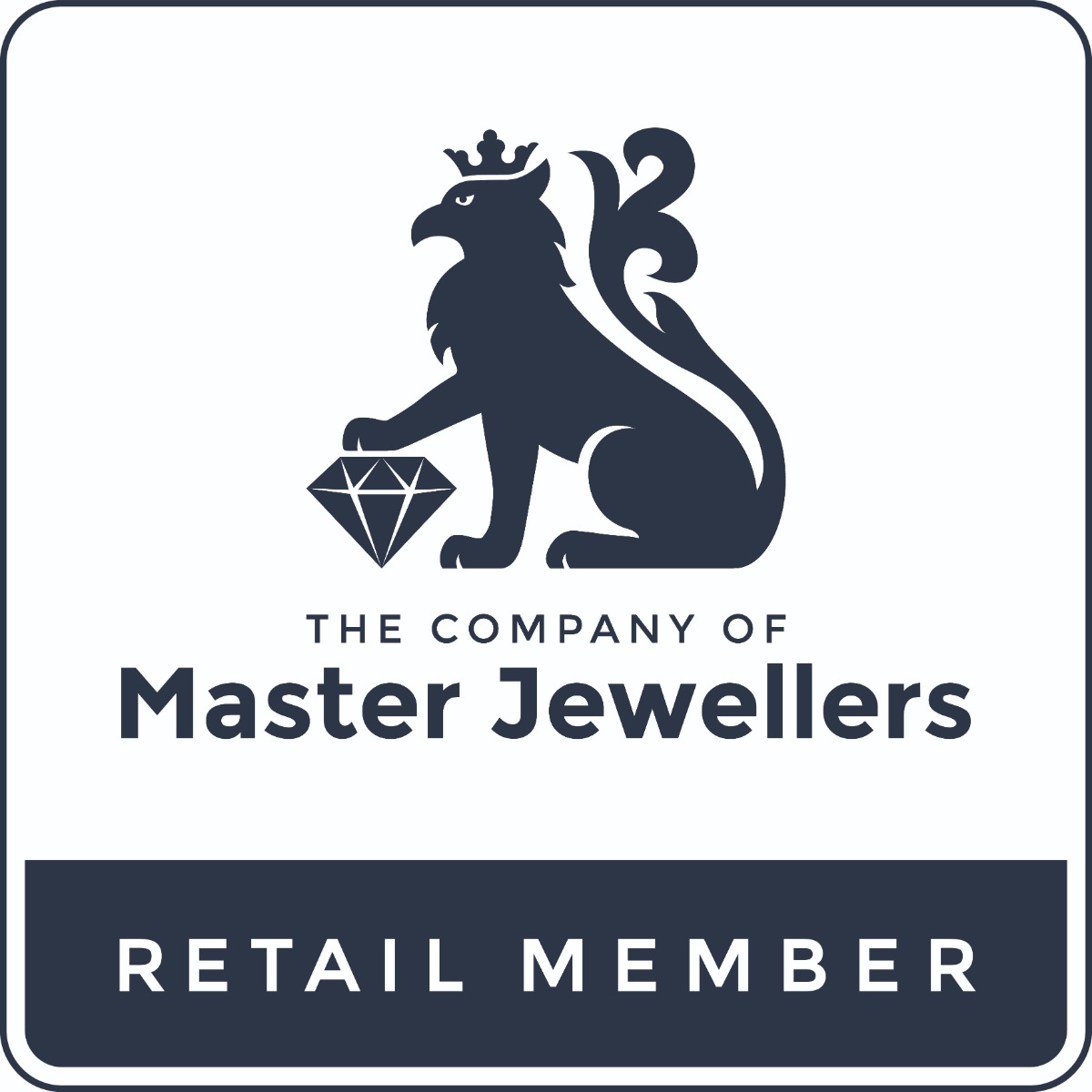





 Secure payment methods
Secure payment methods


